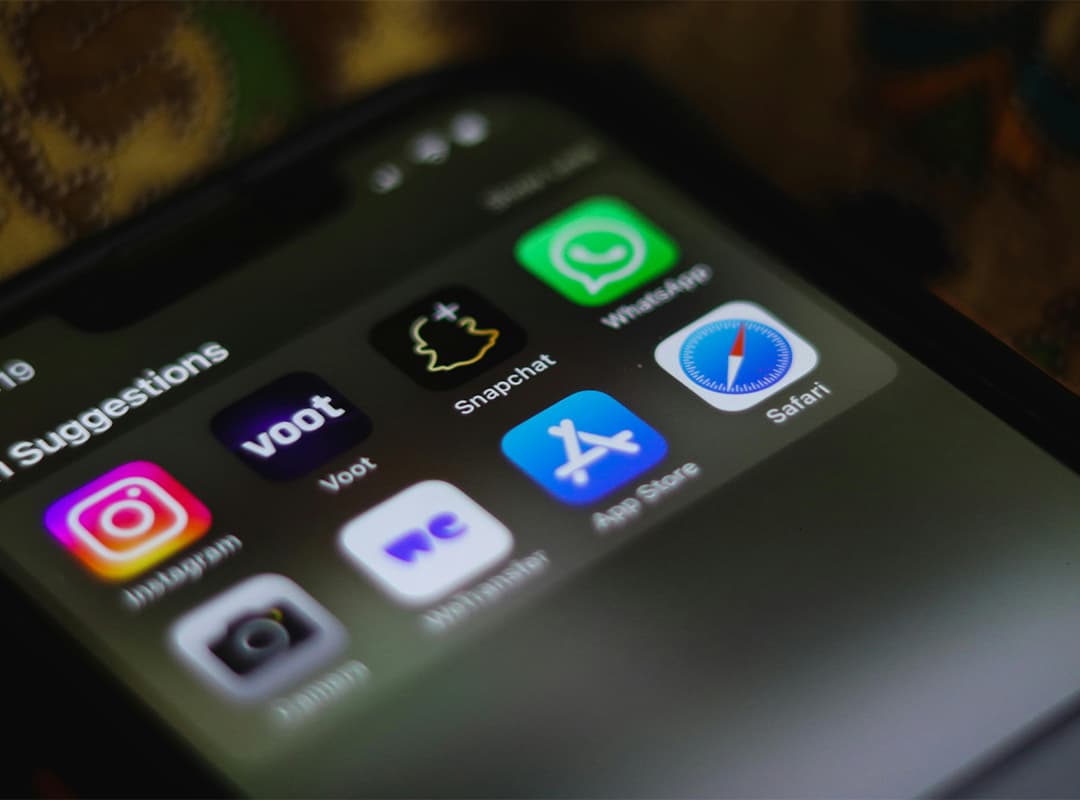Main stages of mobile application development
Mobile app development is a complex and multi-step process that requires precise planning and a professional approach. It includes the following stages:
- Analysis and planning
At this stage, the goals and objectives of the app, its main functions and the needs of the target audience are determined. It is important to consider what devices will be used, what design and functionality is required. This is the stage when the project team forms a common understanding of what the app should represent and what results to achieve. - UX/UI design
The interface of a mobile app plays a key role in its success. UX design (User Experience) is responsible for usability, while UI design (User Interface) is responsible for aesthetic appearance and appeal. A well-designed UX/UI will help users to understand the app’s functionality faster and easily find the features they need. - Platform selection
One of the important stages of development is choosing the platform for which the app is created. The most common platforms are iOS and Android, and the choice depends on the target audience and its preferences. In some cases, when you need to cover both platforms, developing a cross-platform app becomes the best solution. - Programming and integration
This is the stage when the application code is directly developed. This is where the basic functions such as database, user authorization, integration with external services, etc. are laid down. Programming languages like Swift for iOS, Java or Kotlin for Android and cross-platform technologies like Flutter or React Native are used. - Testing
Testing is a mandatory step that ensures the quality and stability of the application. It includes checking all the features, compatibility with different devices, security and usability. Bugs and bugs are identified at this stage, which are eliminated before releasing the application. - Launch and publication
Once testing is complete, the app is ready to be published to the App Store and Google Play. The launch stage includes customizing marketing materials, creating descriptions, screenshots that will help users understand the purpose of the app and become interested in downloading it. - Support and updates
Once the app is launched, the developers continue their work by providing support and regular updates. This is important to keep the functionality secure and up-to-date. Also, new features can be added based on user feedback, which improves the experience of interacting with the app.
